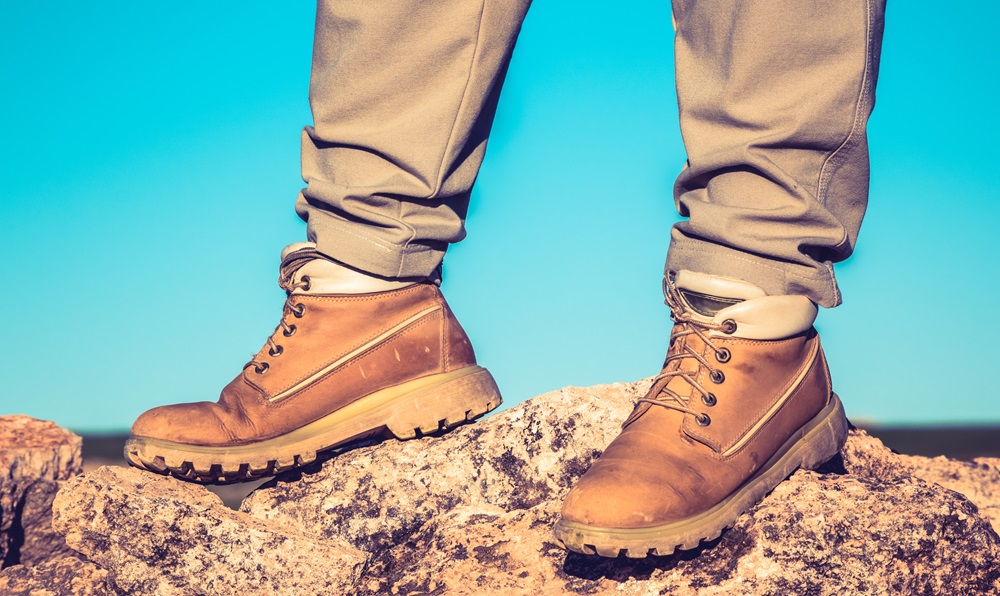Have you ever bought something that broke way too soon? Maybe your last pair of mens hiking boots fell apart after just one season on the trails.
It’s frustrating and expensive to keep replacing things that should last for years. Here’s the good news – you can learn to spot truly durable products before spending your money.
The Real Cost of Cheap Products
When you buy something that doesn’t last, you end up paying more in the long run. Let’s be clear – price doesn’t always equal quality. Some expensive products fail quickly, while some affordable ones last for decades.
The average American household spends about $1,800 yearly replacing items that broke prematurely. That’s money you could save or spend on things you actually enjoy.
Key Materials That Signal Durability
The materials used in a product tell you a lot about how long it will last. Here’s what to look for:
For Outdoor Gear, Clothing and Hiking Boots
Full-grain leather, high-denier nylon, and Gore-Tex are materials worth paying extra for. When shopping for mens hiking boots, look for Vibram soles and waterproof membranes that are stitched (not glued) to the upper material.
A well-made hiking boot with proper care can last 5-7 years of regular use, compared to just 1-2 years for poorly constructed alternatives.
For Electronics and Appliances
Metal components typically outlast plastic ones. Brushless motors last 3-5 times longer than brushed ones in power tools and appliances. Look for devices with replaceable batteries – this single feature can double the usable life of your purchase.
Understanding Durability Ratings and Warranties
Product ratings can be helpful, but only if you know how to read between the lines:
| Rating Type | What It Actually Tells You | What To Look For |
| IP Ratings | Water/dust resistance level | IP67 or higher for true water resistance |
| Warranty Length | Manufacturer’s confidence | 2+ years suggests quality (5+ is excellent) |
| Military Specs | Drop/impact resistance | MIL-STD-810G means serious durability testing |
The warranty terms are often more telling than the warranty length. A shorter warranty with fewer exclusions might actually indicate a more durable product than a longer warranty full of limitations.
Signs of Quality Construction
Beyond materials, how something is put together determines if it will last. Here’s what to check:
Stitching and Seams
Double or triple stitching at stress points is crucial for clothing and bags. For mens hiking boots, look for Norwegian or Goodyear welt construction – these methods allow the boots to be resoled multiple times.
Joints and Connections
In furniture and tools, dovetail or mortise and tenon joints last much longer than those held together with just glue or staples. For electronics, reinforced cable connections prevent the most common failure points.
Products designed with repair in mind typically last 2-3 times longer than those designed as disposable.
How to Research Before Buying
Online reviews can be misleading if they’re written shortly after purchase. Instead:
- Look specifically for long-term reviews (1+ years of ownership)
- Search for “[product name] problems” or “fails after” to find common issues
- Check repair forums to see what typically breaks first
- Ask sales staff directly: “What’s the most common repair issue with this item?”

Testing Durability in the Store
You can evaluate many durability features right in the store:
For clothing and textiles, pinch the material and then release – quality fabrics return to shape quickly without wrinkling.
For mens hiking boots, try to twist the sole – there should be some flexibility but not excessive twisting.
For electronics, check the weight (heavier often means more metal components) and flex the charging cables (they should be reinforced at connection points).
The best test is often the simplest: does it feel solid and well-made in your hands?
Maintenance: The Secret to Making Things Last
Even the best products need proper care. The good news is that durable items are usually designed with maintenance in mind.
For example, quality mens hiking boots come with care instructions that, if followed, can dramatically extend their life.
Simple steps like proper cleaning, conditioning leather, and storing gear correctly can double how long products last.
The Final Word on Durability
Buying durable products isn’t just about saving money – it’s better for the environment too. Every time you choose a product that lasts twice as long, you’re essentially cutting your environmental impact in half.Next time you’re shopping for mens hiking boots or any important purchase, take the extra time to evaluate durability features. Your future self (and wallet) will thank you for investing in products that truly go the distance.

